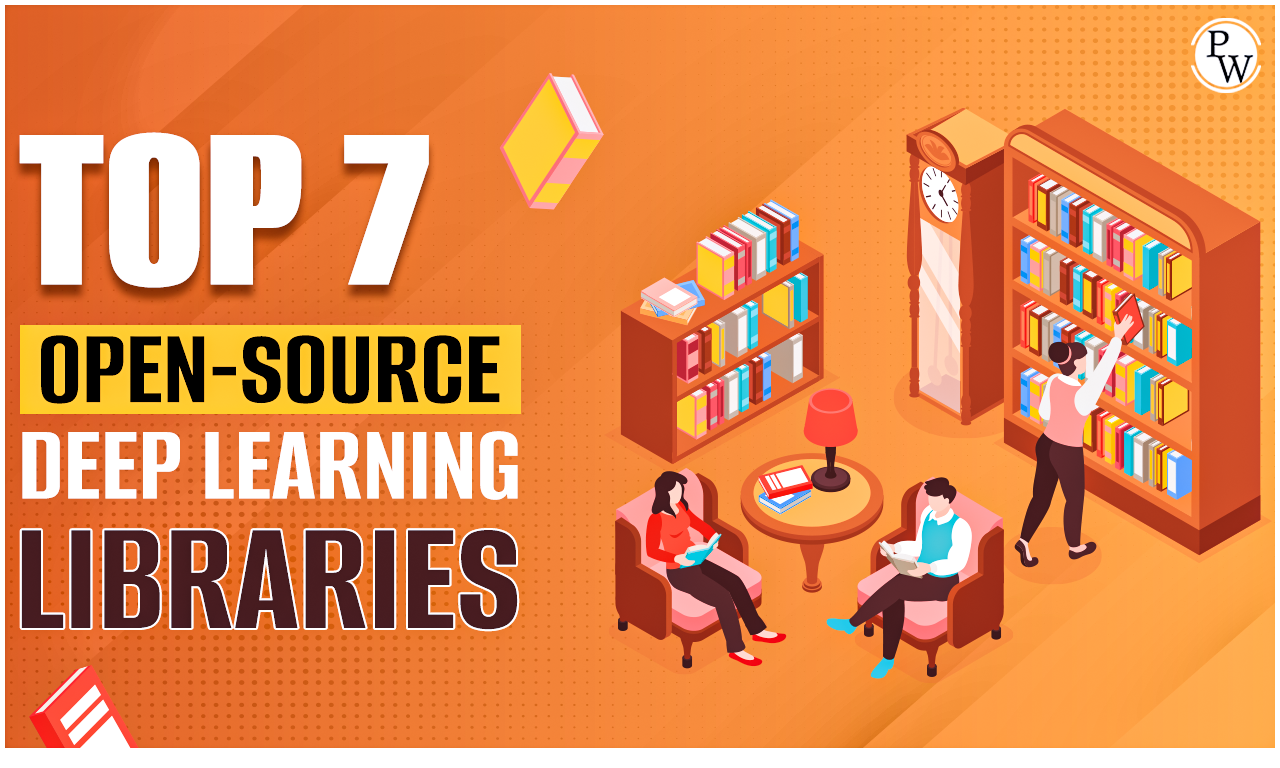In today’s data-driven world, enterprises face a massive influx of big data. To tackle this challenge, businesses are turning to automation strategies, where machines can study unstructured data, identify patterns, and use them for future applications. A notable application of this technology is chatbots, which are now being used for customer support, replacing the need for human executives.
Deep Learning, a powerful technique, plays a crucial role in handling big data efficiently. Using artificial neural networks with interconnected neurons, it forms a web-like structure. This hierarchy allows deep learning to process vast amounts of data in a matter of hours, a task that would take years for an average human to accomplish.
The use of nodes and vertices in deep learning further enhances its capabilities. Operations like insertion, deletion, searching, and sorting can be executed exponentially faster with the help of nodes, while vertices enable the storage of relationships between various objects. The magic of deep learning lies in its ability to identify patterns and coherence among values and functions without explicit instructions from programmers.
The impact of deep learning is profound, significantly reducing human effort and increasing data handling accuracy. It has successfully addressed four major challenges in managing big data: Volume, Velocity, Veracity, and Variety.
deep learning has become a game-changer for enterprises, automating data processing tasks and empowering businesses to make faster, more informed decisions in this age of information overload.
Recommended Course
- Decode DSA with C++
- Full Stack Data Science Pro Course
- Java For Cloud Course
- Full Stack Web Development Course
- Data Analytics Course
TensorFlow
“TensorFlow was initially created by researchers and engineers from Google Brain Team, a part of Google’s Machine Intelligence research organization. It’s a powerful system designed to support machine learning research and make it easy to move from experimental prototypes to practical applications.
TensorFlow has gained substantial popularity with 96,655 stars, 1,432 contributors, and 31,714 commits on GitHub since its launch on November 1, 2015. You can find more about TensorFlow on its GitHub page.
Keras
Keras, on the other hand, is a user-friendly neural network API written in Python. It can run on top of popular deep learning frameworks like TensorFlow, CNTK, or Theano. With 28,385 stars, 653 contributors, and 4,468 commits on GitHub, Keras has become a popular choice for building neural networks. You can learn more about Keras on its GitHub page.
Caffe
Caffe is another deep-learning framework known for its expressiveness, speed, and modularity. Developed by the Berkeley Vision and Learning Center (BVLC) and community contributors, it has gained popularity among researchers and developers alike. Caffe has 23,750 stars, 267 contributors, and 4,128 commits on GitHub. You can explore more about Caffe on its GitHub page.
Microsoft Cognitive Toolkit
Microsoft Cognitive Toolkit, previously known as CNTK, is a comprehensive deep-learning toolkit. It represents neural networks as directed graphs, making it a powerful and flexible tool for deep learning tasks. Since its start on July 27, 2014, Microsoft Cognitive Toolkit has received 14,243 stars, 174 contributors, and 15,613 commits on GitHub. You can find further information about Microsoft Cognitive Toolkit on its GitHub page.”
PyTorch
PyTorch is a deep learning library that enables dynamic neural networks in Python and offers robust GPU acceleration. It’s a popular choice for researchers and developers alike.
Stats: 14,101 stars, 601 contributors, 10,733 commits.
Start Date: 22nd January 2012
GitHub URL: PyTorch
Apache MXnet
Apache MXnet is a deep learning framework designed for efficiency and flexibility. It allows you to mix symbolic and imperative programming for increased productivity.
Stats: 13,699 stars, 516 contributors, 6,953 commits.
Start Date: 26th April 2015
GitHub URL: Apache MXnet
TFLearn:
TFLearn is a modular and transparent deep-learning library built on top of TensorFlow. It aims to speed up experiments while maintaining compatibility with TensorFlow.
Stats: 7,933 stars, 111 contributors, 589 commits.
Start Date: 27th March 2016
GitHub URL: TFLearn
PW Skills Provide Various Platform
Frequently Asked Questions
Q1. Which of the libraries is to be used for deep learning?
Ans. To implement reinforcement learning in deep models, Python has been frequently used, and you can visualize machine learning models directly. Flexible architecture and framework are some of the main features of TensorFlow. It runs on several computing platforms.
Q2. Which is the Open Source Deep Learning that we’re talking about?
Ans. TensorFlow is Google Brain’s deep learning framework, available to the public free of charge. TensorFlow supports a wide range of applications, from image and speech recognition to natural language processing, thanks to its flexibility and scale. TensorFlow 2.0 and TensorFlow are part of its ecosystem.
Q3. Is there a difference between PyTorch and TensorFlow?
Ans. For PyTorch, the performance of Python is more rapid. Despite this, the programming model in PyTorch may be a little harder to develop because of TensorFlow’s stronger support for symbolic manipulation that enables users to operate higher-level operations.
Recommended Reads
Data Science Interview Questions and Answers
Data Science Internship Programs






